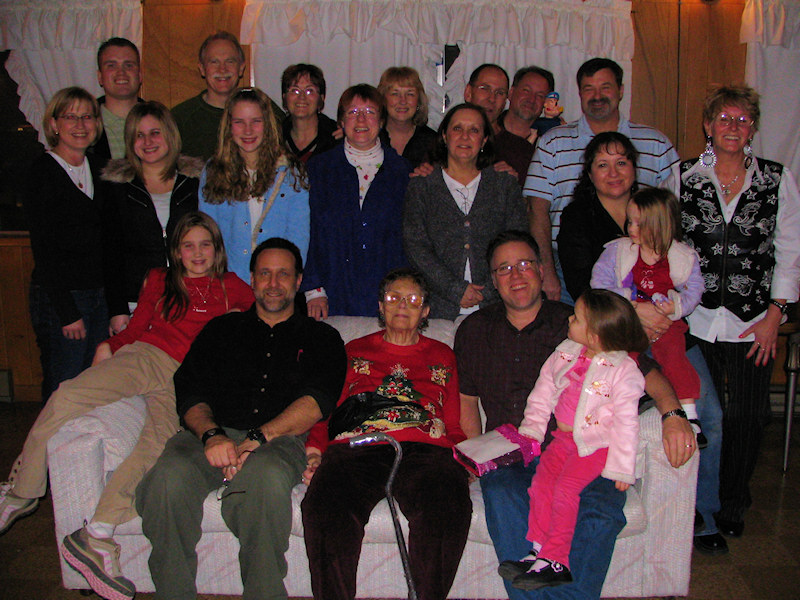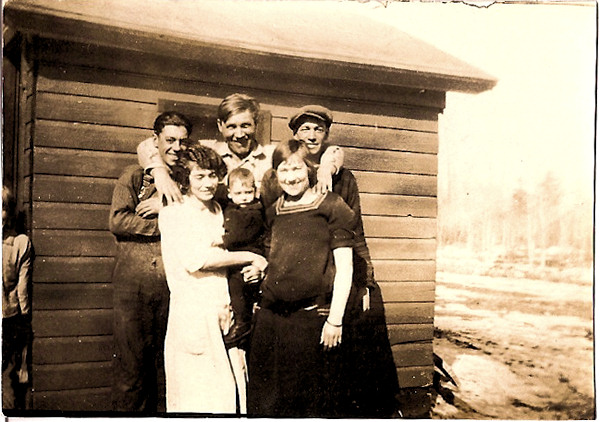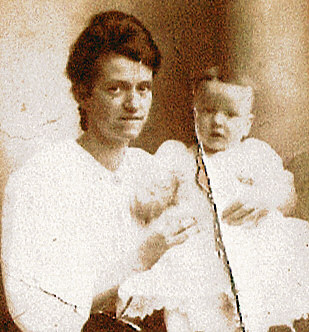In an interesting article in the June 26, 2006 issue of The Wall Street Journal, Jeffrey Zaslow, son of Harry and Naomi Zaslow, writes about the tug of war with two parents who spent many years writing about their personal and family histories.
My mother recently finished writing a book about her life, and in it, she sums up her past three years with my father. “I felt,” she writes, “like I was living with his mistress.”
The mistress is my father’s 663-page memoir. It has been an obsessive project for him, and my mother worries that he’s stuck in the years 1944 and 1945, when he was an American solider in Europe. He writes far more about his World War II experiences than he does about his 60 years with my mom, and that’s painful for her. She doesn’t appear in his book until page 500.
She took to writing her life story as a way to reconsider her reflections, as my father was lost in his. They wrote their dueling memoirs on opposite sides of their house in Florida…
The article goes on to explain that there has been a boom in adult-education classes and workshops on autobiographical writing, encouraging the vast number of seniors in the United States to write about their past and share their memories with others. It also discusses the risks involved in such memoir-writings such as “misunderstandings in marriages, and friction within families”, emphasizing the fact that “people need to be aware of the emotional land mines”.
Reasons for publishing your memoirs is varied, as highlighted by this quote from the article:
…a memoir has many purposes: to convert experiences into wisdom, to pass on values, to find forgiveness, to bring people from the past back to life, to see connections between experiences that seem unrelated. A memoir shouldn’t be a tool for revenge or mudslinging. Nor should it be an exercise in self-pity…Don’t be a neutral reporter in your life. Memoir writing is not journalism.
P.J. Cherrin, publisher of Memoir Press
How you handle your own auto-biography or memoirs is up to you. You can write it for publishing and sharing only with the family, or possibly reach out to a larger publish by self-publishing or finding a publisher. There is a growing number of publishers interested in auto-biographical stories, especially about the 1930s, 40s, and 50s, with a new trend in portraits of life in the 60s and early 70s.
You can write it for the reasons listed, focusing your writing purpose on writing your story for others. Or write it just for yourself. Preserve your own memories of your childhood and adulthood, your life through the trials and tribulations, just for you. You don’t have to share it with others, just write it and set it aside for someone who might find it down the generations and be heartened to find out who you were and how you contributed to your life and the lives of others.
The following resources will help you with writing your memoir and auto-biography.
- Association of Personal Histories
- Center for Autobiographic Studies
- Writing the Journey – Online Journal Writing Workshop
- Bellingham Public Schools – The Biography Maker
- Writing and Reading Memoir as Consciousness-Raising: If the Personal Is Political, Is the Memoir Feminist?
- Scholastic – Biography – Writer’s Online Workshop with Patricia and Fredrick McKissack
- TV 411 – How to Write Your Autobiography
- NY Times Learning Network – Biographies Lesson Plan Unit and Guide
- Memoir – A Journey Into Your Past Online Workshop
- Memory Archive – Wiki of Memoirs
- Essortment – Writing Narrative Personal Essays
- Personal Narrative Collection – Memory Prompts
- Tips and Help for Writing Your Autobiography From Scratch
- Inkspell – Memoir Writing
- Inspired to Journal
- Life Story Writing Network
- The Lifewriter’s Digest from Turning Memories – Resources
- Daily Writing – Soul Food Cafe
- Writing It Real
Most Recent Articles by Lorelle VanFossen
- The Myths and Mysteries and Hunt for Nicholas Knapp
- The Perpetual Calendar
- GenSmarts: Reminder to Not Assume
- Gensmarts Saves Your Family History Research Life
- Digging Through Historical Newspapers Online






Pingback: 175 Memory Prompts for Your Memoir or Autobiography